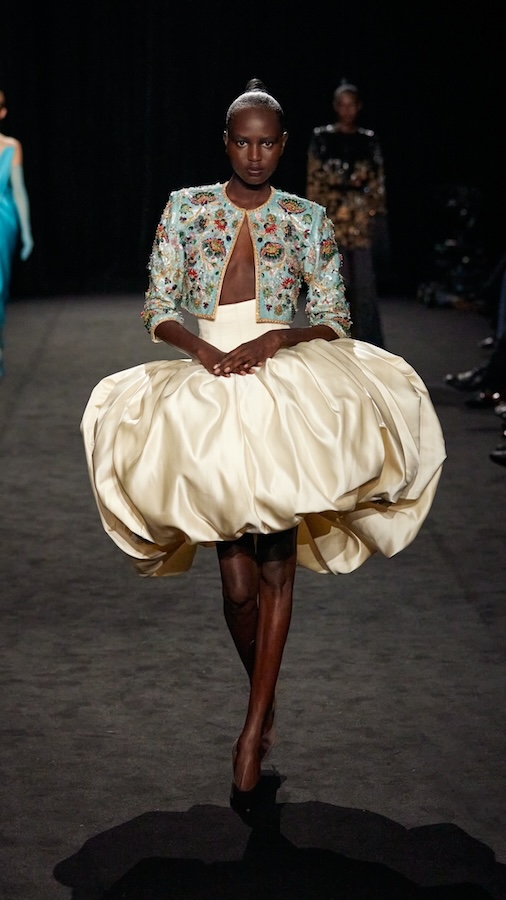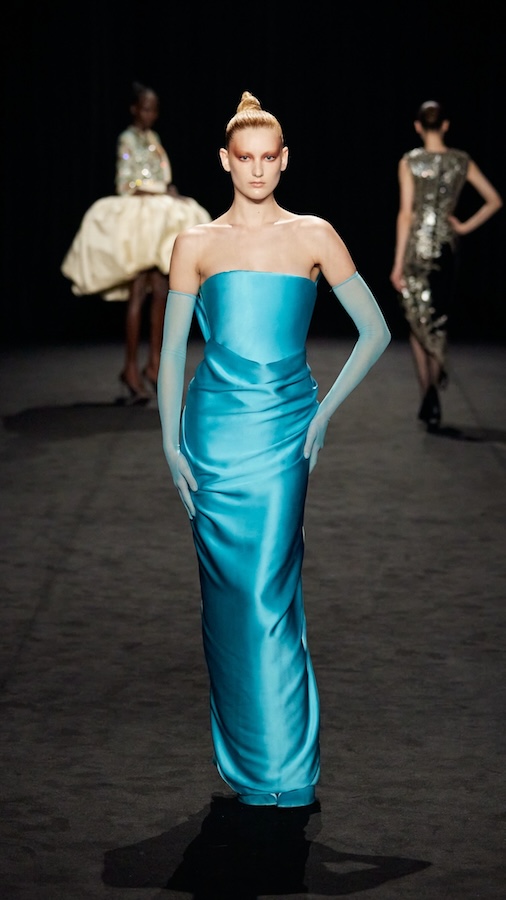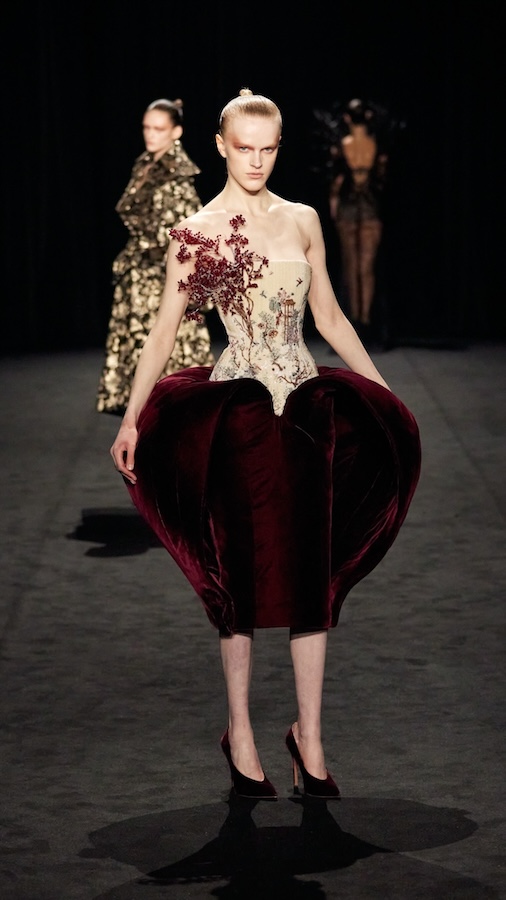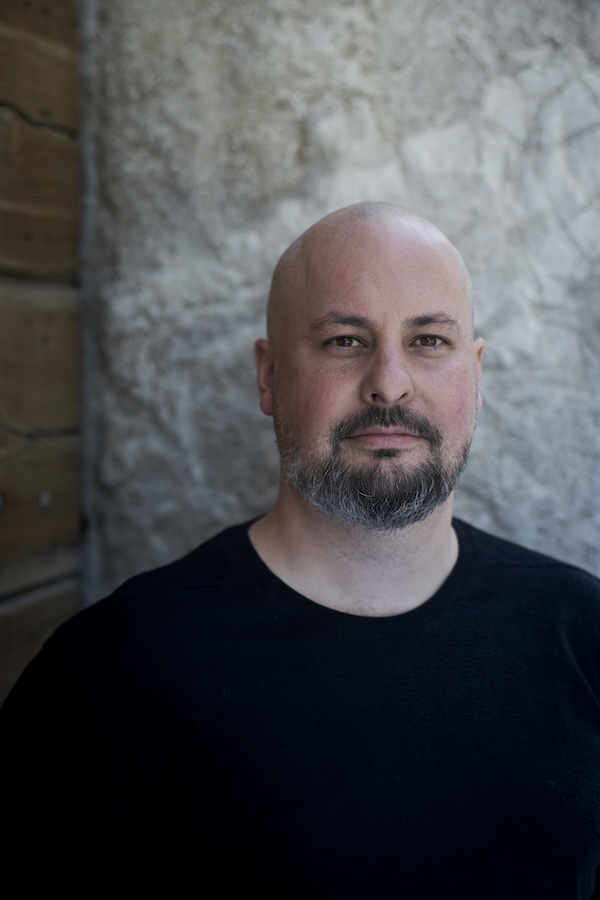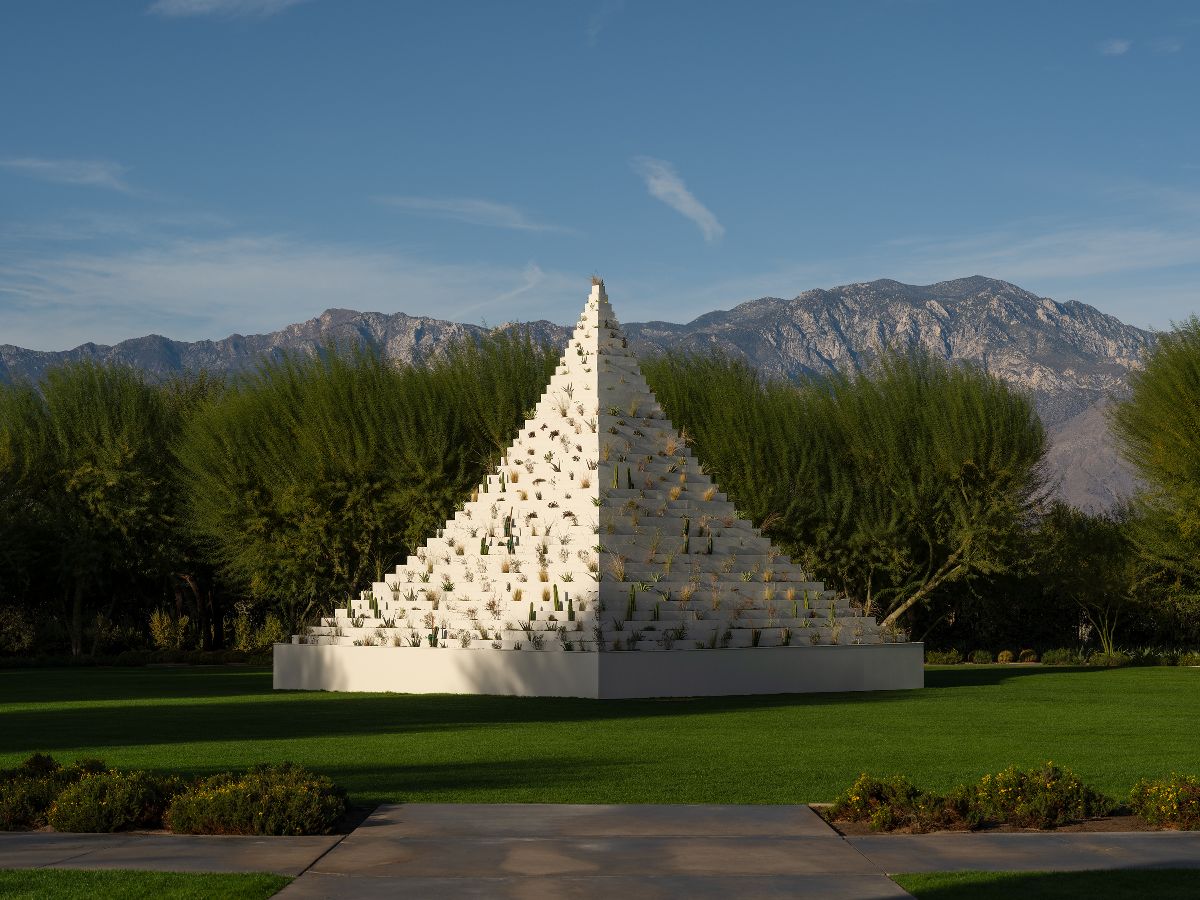DUBAI: Long a crossroads for cultures from the Far East, South Asia, Europe and the Americas, Dubai’s strategic global location has made it a pivotal place for cultural exchange. Art Dubai’s 17th edition, which wraps up on March 3, further exemplifies the Gulf city’s unique location and cosmopolitan nature, particularly for artists and cultural platforms from the Global South.
The “Global South” has been a buzzword for some time, largely denoting various countries around the world that are sometimes described as “developing” with the majority, although by no means all, situated in the Southern Hemisphere, largely in Africa, Asia, the Middle East and Latin America.

Work by Saudi artist Abdulsattar Al-Mussa at Art Dubai. (Supplied)
Art Dubai this year welcomes more than 120 gallery presentations, drawn from more than 60 cities and over 40 countries across four sections: Contemporary, Bawwaba, Art Dubai Modern and Art Dubai Digital. Over 65 percent of the galleries hail from the regions that make up the Global South.
“Art Dubai has been focusing on the Global South for the last eight years,” Pablo del Val, Art Dubai’s artistic director, told Arab News. “We are trying to deepen the conversation about the Global South is as well as about issues regarding displacement and how the Global South is present in the outskirts of Paris and Los Angeles.
“For us, the Global South is really a state of mind more than a state of geographic belonging,” added Del Val. “We are very interested in illustrating how this idea reflects the times in which we are living.”
Of equal importance, stresses Del Val is this year’s Bawwaba gallery section curated by Emiliano Valdes under the theme “Sanación/Healing.” It will feature a series of new performances and activations focusing on ideas of spirituality, introspection, community and the power of art to help human beings navigate challenging times by embracing unity.
Participating artists in this section include a number of names from the so-called Global South, including Argentinian artist, choreographer and dancer Cecilia Bengolea, Kerala-born Berlin-based artist Sajan Mani, Debashish Paul from West Bengal in India, Palestinian artist Mirna Bamieh, Indian artists Mithu Sen and Emirati creative Hashel Lamki.
Hailing from cities including Sao Paolo, Bogota, Tehran, Dubai and Mumbai, among others, participating galleries at Art Dubai further build on the fair’s commitment to representing and championing art from the Global South. These include the Aisha Alabbar Gallery, among the first galleries in Dubai focused on contemporary and modern art by Emirati, local and regional artists that is exhibiting a solo booth of works by Emirati artist Alia Hussain Lootah; Dastan Gallery from Tehran, Iran, dedicated to promoting Iranian contemporary art globally that is presenting a dynamic group showing of emerging and established artists from Iran, including Reza Aramesh, Fereydoun Ave, Farah Ossouli, Sahand Hesamiyan and the Ghasemi Brothers; Gallery One from Ramallah, Palestine, showcasing works by Libyan artist Samira Badran and Palestinian Manal Mahamid; and Galeria Espacio Continuo from Bogota, Colombia, a gallery that opened in 2020 dedicated to showcasing an exclusive program of local artists that highlights dynamic abstract works by Miler Lagos and Ana María Rueda.
The Global South is additionally representing strongly in the fair’s Modern section,curated by Dr. Christianna Bonin, which traces the emergence of new modernisms across the Global South through works of modernists from Syria, Egypt, Uganda and Sri Lanka who exhibited and studied in the Soviet Union in the 1960s.
Another talent from the Global South who is playing a major role at the event is Goa-based artist Sahil Naik who devised the the fourth edition of the A.R.M. Holding Children’s Program. It will be launched launching at the fair before expanding to over 100 schools and 15,000 students.
“He is going to be encouraging children to imagine little worlds and environments based on the ideas of their homes and the environment and how you actually constitute and lay out cities,” Art Dubai’s Executive Director Benedetta Ghione told Arab News. “He will ask them what makes a home, how do we imagine the future, etc... We these programs we try to encourage the children to think about the world through the lens of culture and creativity.”
“The children’s program continues to grow outside of the fair,” added Ghione. “For eight weeks after the fair, we are going into more than 100 schools and reaching over 15,000 children. This is a program that continues to grow and is now reaching all seven Emirates.”













